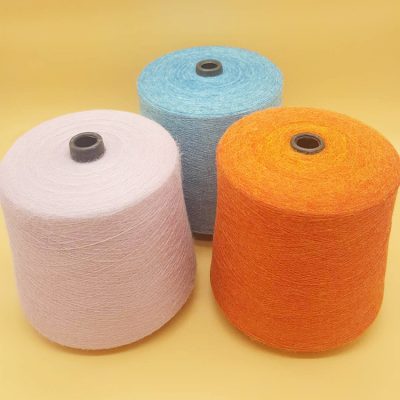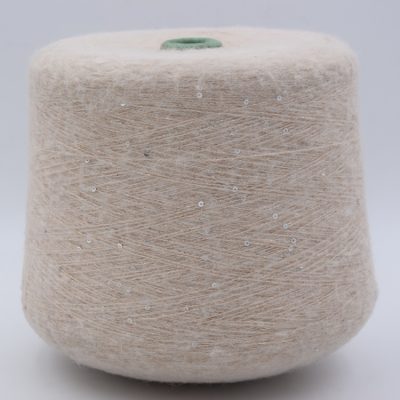1. Solo spinning
Solospun, also known as cable spinning, is to install a small grooved roller (division roller) in front of the traditional ring spinning front roller. The drafting strand acts on the small grooves of the SolospunTM roller. It is split into two to three (or even four) strands. Each strand is initially twisted to form a smaller twisting triangle. Finally, each strand leaves the SolospunTM roller and twists together to form SolospunTM yarn.
SorospunTM yarn has a special structure similar to multi-strand yarn by the twisting mechanism of Solo spinning technology. The wear resistance of SolospunTM yarn is comparable to that of double-ply yarn, but it greatly reduces the processing cost. Compared with the two-ply yarn technology, SolospunTM yarn can be spun into finer yarns with the same raw material. Due to the pre-twisting effect of the strands, the yarn body forms a cable-like structure after the final twisted yarn, which can improve yarn strength and wear resistance, improve evenness, and reduce yarn hairiness. At present, this spinning technology is mostly used in the field of wool worsted spinning with higher spinning density. The device is simple to install and easy to use. The mass production practice proves that Solo spinning can reduce the rate of yarn breakage and increase the efficiency of the loom by about 20%.
6. Embedded composite spinning
Embedded composite spinning is a new type of spinning technology with independent intellectual property rights that has emerged in my country in recent years. Its characteristics can be visually understood as the combination of two Sirofil spinnings. Two short fiber rovings are fed in parallel at a certain distance from the rear bell mouth, and the other two filaments are respectively on the outside of the roving strands through the guide device. Directly fed by the front roller, the two rovings and filaments are initially assembled and pre-twisted respectively, and then combined and twisted into yarn.
Therefore, two small twisting triangles and one large twisting triangle are formed on the outside of the front jaw. This twisting method forms a unique strand yarn structure. The yarn strength is mainly borne by the filament. The twisting process realizes the transfer of the short fiber inside and outside and is fixed by the embedded filament. Its structure is similar to that of the traditional ring spindle. There is a fundamental difference between the internal and external transfer of fibers during spinning.
The yarn has a compact structure, strong elongation and wear resistance, and reduces the number of hairiness. It is especially suitable for the development of multi-component fiber blended yarns. Since the technology has not been released soon, there are still many problems that need to be continuously improved and solved, such as creel modification, filament unwinding mechanism, and the addition and improvement of double guide wheels.
























